What are vehicle accent lights
Vehicle accent lights are designed to add personality, style and flair to your vehicle. Shining underneath the chassis, on the exterior, or in the interior, they can overhaul the look of your vehicle from ordinary to extraordinary and give your ride a unique experience. Light can instantaneously create an impression via its color composition, the quantity provided, and its distribution. Accent lighting throws flattering light on a specific design element to reinforce its aesthetics and create visual drama.
Thoughtful implementation of lighting can provide the bling, impart charm, evoke excitements, and make the vehicle stand out from the crowd. Vehicle accent lights are not merely signature elements that serve to distinguish a car or truck on the road or to switch up the atmosphere and set the mood inside the vehicle. Exterior lighting makes the vehicle exceptionally visible in the dark and thus enhances road safety while interior lighting offers visibility and convenience for the drivers and occupants.
LED lighting rolls out a rainbow of exciting possibilities
The evolution in automotive lighting has been breathtaking during the last few decades since the transformative LED technology became commercially available. The arrival of solid state lighting was a game-changing event for vehicle accent lighting. Since then, a proliferation of products that are used to spruce up vehicles popped up on the market. Fabricated from compound semiconductors, LEDs emit light by injecting both types of charge carriers, electrons and holes, into the active layer that favors radiative recombination.
Injection electroluminescence within a semiconductor chip allows LEDs to deliver benefits beyond just improvements to light source efficiency and lifespan. The extremely small size of LEDs enables not only styling freedom for the headlights and taillights, but also creation of accessory lights with form factors that can be seamlessly integrated into the vehicle design. The solid-state nature of semiconductor emitters provides ruggedness and durability for greater resistance to shock and vibration that are typical of automotive applications.
LEDs react instantaneously to changes in drive current, making them especially appropriate for dimming applications. LED packages can be spectrally engineered to provide a spectral power distribution (SPD) in the desirable color attributes of the emitted light or the illuminated objects. The SPD can be actively controlled through the color-mixing LED architecture which mixes together several monochromatic LEDs, such as red, green, blue, amber (yellow), and cyan to produce any desired color across the visible spectrum at any level of saturation. The exceptional controllability of intensity and spectrum makes it possible to create stunning color effects and dynamic light shows with LED lights.
Types of LED accent lights
A variety of LED accent lights are available to customize the look of a vehicle and generate admiring stares.
- Interior accent lights provide extra visibility while highlighting the interior with a soothing glow to create a pleasant atmosphere that positively influences the mood of the occupants. These lights are installed inconspicuously to illuminate the front footwells, cup holders, amp racks, center consoles, or underneath the seats.
- Underglow lights illuminate the ground underneath the car to add a new dimension to vehicle styling.
- Wheel ring lights attach to brake dust shields or the hub assembly, shining through the wheel to show off the barrels of the rims.
- Wheel well lights serve as a fancy way to enhance your wheel well or fender wall and announce your presence to other road users.
- Halo rings, also called angel eyes, demon eyes or corona rings, create unbroken rings of light to make the vehicle more conspicuous to other road users and give the vehicle a premium appearance.
- Tailgate light bars enhance the rear of your truck or SUV, make the vehicle more visible to vehicles following behind, allow you to communicate your intentions to other road users when braking, turning, or driving in reverse.
- Engine bay lights illuminate and accentuate features such as the engine block, pistons, alternator and exhaust manifold to transform the look of engine compartment.
Linear accent lights
LED accent lights for vehicular applications come mostly in linear forms, although “pod” style luminaires also find their use. Linear accent lights include flexible LED strip lights, LED neon lights, and rigid light bars. A flexible strip light is an assembly of LEDs populated on a flexible printed circuit board (FPCB). An LED neon light is basically a flexile strip except that it is encased in a single extrusion made from a silicone, polyurethane (PU), or polyvinyl chloride (PVC) resin which allows fully diffused light to be produced over the entire length of the lights irrespective of the viewing angle.
Flexible strip and neon lights can make bends and turns, which offers exceptional application flexibility. Rigid light bars are typically fabricated on metal core printed circuit boards (MCPCBs) which provide structural stability and rigidity. Linear accent lights can be cut or linked to length to fit an application. An LED pod light is small luminaire that can fit into small areas, niches or cavities. Its light source is also mounted on an MCPCB. The LED assembly is enclosed by a housing usually constructed from die cast aluminum. LED accent lights mounted on the exterior of a vehicle is sealed at all points of entry and material transition to exclude dust and water from entering the enclosure. The linear lights and pod luminaires commonly come with adhesive backing to facilitate installation.
Breathtaking color effects
LED accent lights are available in multiple color options, including solid white, solid colors, and dynamic colors. The white, green, cyan, blue and royal blue LEDs are typically fabricated using indium gallium nitride (InGaN) chip technology. Red, redorange, and amber light is produced using LEDs formed from the aluminum indium gallium phosphide (AlInGaP) material system. The LED packages either come in a standard architecture that relies on external current regulation or are designed as mini light engines that have integral microcontrollers or microprocessors (controller ICs). Those embedded with controller ICs are known as addressable LEDs. For a multi-diode package such as an RGB LED, each diode of the package is an individual control channel.
Depending on the controllability of the incorporated LED packages, LED accent lights can be classified into the “analog” type and “digital” type. Analog LED accent lights use standard LED packages which are powered and controlled by remote LED drivers. The LEDs connected in the same circuit respond to control signals simultaneously in the same manner. Digital LED accent lights are those that incorporate addressable LEDs which allow individual control of the LEDs independent of the circuit to which the LEDs are connected. Individually addressing and controlling LEDs lets different light output to be produced on multiple LEDs simultaneously, which enables dynamic lighting effects such as chasing sequences to be created. Digital RGB, RGBA, RGBW or RGBWA lights are capable of displaying different colors and different intensities across the LEDs. This level of control makes it possible to create color-changing light shows.
LED driving and control
LEDs operate on direct current (DC) and are sensitive to current and voltage fluctuations, which imposes exceptionally high standards on the quality and consistency of the DC output voltage of the LED driver. The constant current LED driver or constant voltage power supply often needs to operate over a wide input voltage range (e.g., 9 to 36 volts), providing appropriate current to drive the LEDs directly or a 12V or 24V DC output. Linear accent lights include current limiting resistors or integrated circuits (ICs) to provide current regulation for each connected LED.
Dimming of the LEDs is often accomplished through pulse-width modulation (PWM) which is known for its high accuracy in intensity and color as well as full range dimmability. The driver and control circuitry may have a wireless transmitter/receiver which connects the controller to an iOS or Android smartphone device via a communication protocol such as Bluetooth. Through a lighting control app you can custom the color and intensity of interior lighting to set up the perfect atmosphere for a romantic cruise, synchronize exterior accent lighting with the brake lights, turn signals or running lights, or bring all the drama and excitement of stage lighting to vehicle interior and exterior by making lighting change to the beat of your favorite music.

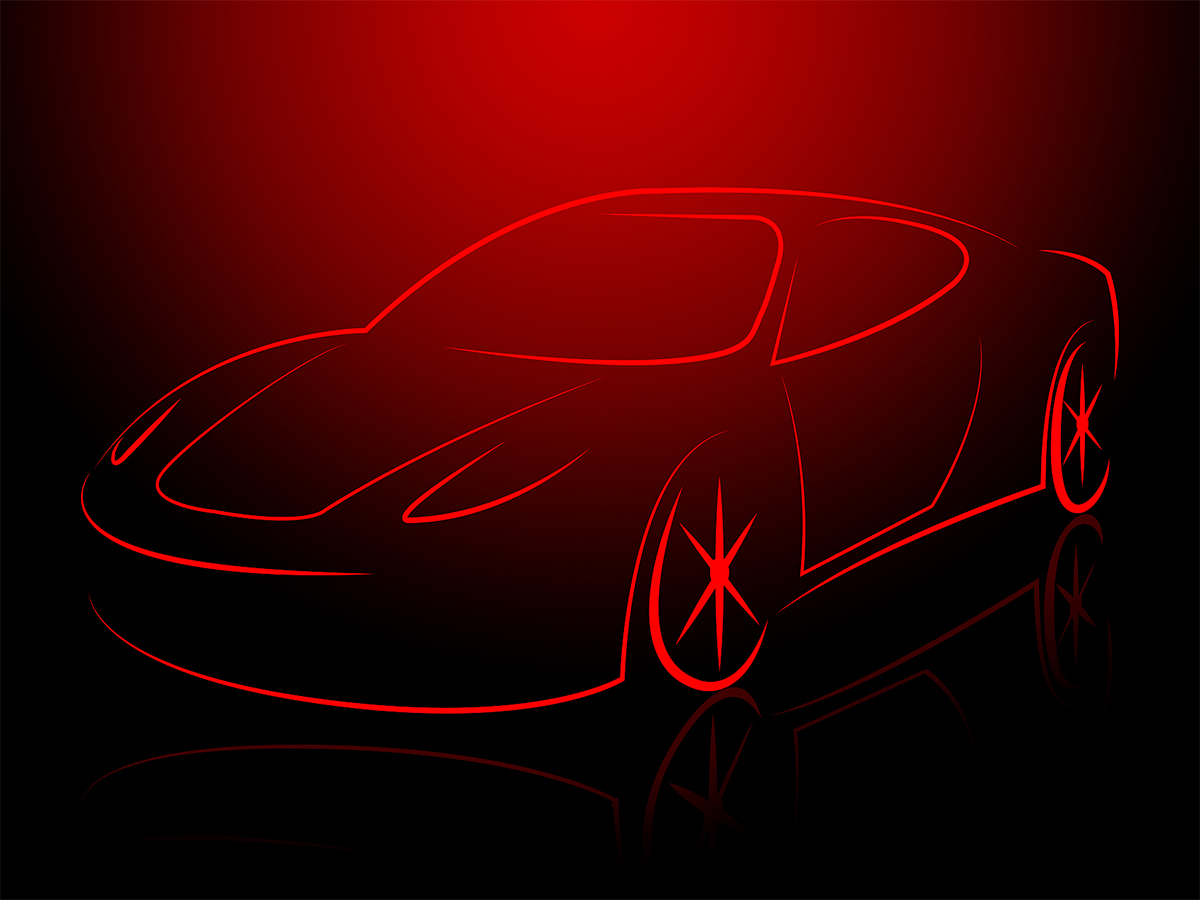
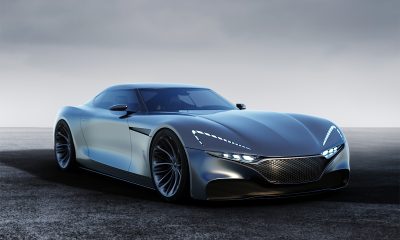
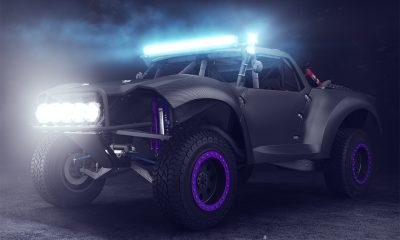
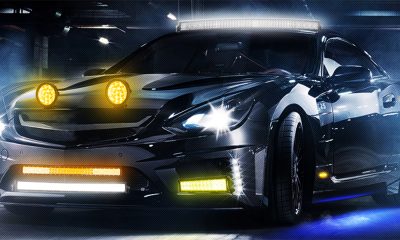
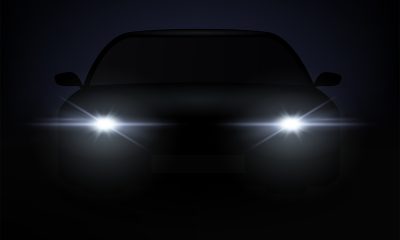
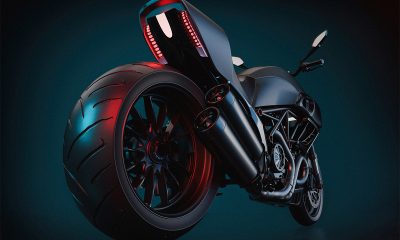




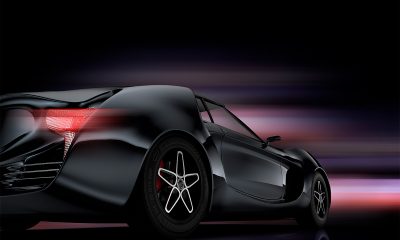
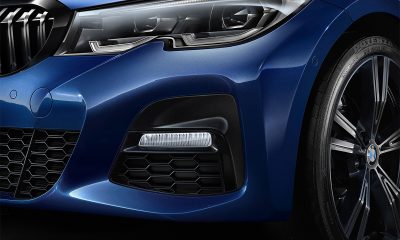






Loading...